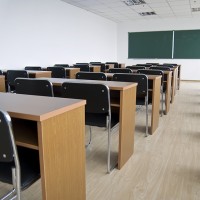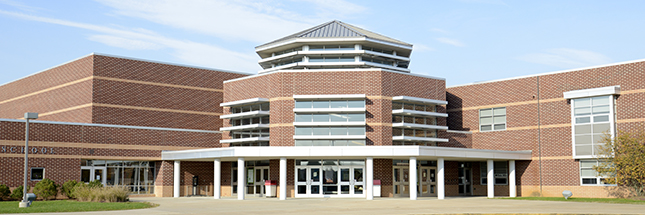Types of Secondary Schools

In the United States, secondary education, which includes Grade Nine to Grade Twelve, takes place in a variety of educational institutions and settings. Public institutions are generally funded with the support of local, state, and federal governments. Private high schools, on the other hand, rely on student tuition, fundraising, and/or endowments in order to operate. There are several different types of both public and private secondary schools.
Types of Public Secondary Schools
In 2010-11, there were 15,993 regular public high schools in the United States. This figure doesn’t include public special education, vocational, or alternative education schools, which were far less prevalent. The average number of students per high school was approximately 847. In most cases, students are sent to the high school nearest to their place of residence. Regular public high schools are not selective in their admission process. However, that practice is changing as public schools diversify, offering students varied educational experiences.
- Vocational Schools: A vocational school provides students with vocational training in a particular area or field. Vocational schools may focus on the arts, science or technology, providing students with interest in a particular domain of study with more curriculum options than might be available at a regular school.

- Charter Schools: Charter schools are a type of alternative school that receive public funding but operate independently of the school system. The first charter school in the United States appeared in 1991, in Minnesota. As of 2011, there were approximately 5,600 public charter schools operating as elementary or secondary schools or both.
- Magnet Schools: Magnet schools are public schools for high-achieving students. They accept students from all over the United States and often involve a lengthy application process that may include an entrance exam, audition, or interview. Acceptance to many magnet schools is usually competitive.
Types of Private Secondary Schools
There are a substantial number of private high schools in the United States, which are funded and run independently of the federal, state, or local government. Some private secondary schools, known as independent private schools, are run by non-profit organizations. Others are for-profit institutions that are able to quickly adapt their offerings to changing demands. The majority of private schools, however, are run by religious organizations, often of Catholic or Protestant denominations. Private schools are largely exempt from curriculum regulations, but in most cases, they follow similar content standards in order to ensure that their students are equally or more prepared to pursue higher education upon obtaining their diplomas.
Homeschooling
Some high-school-aged students may also be homeschooled, which means that they receive educational instruction from their parents or other adults, often in their own home. In 2010-2011, approximately 3% of American students were homeschooled. Parents may choose to homeschool their children for a number of different reasons; however, the most often-cited reason is concern for the school setting or environment, which may include concerns about drugs, safety, or peer pressure. Other parents wish to provide their children with their own religious or moral instruction.
